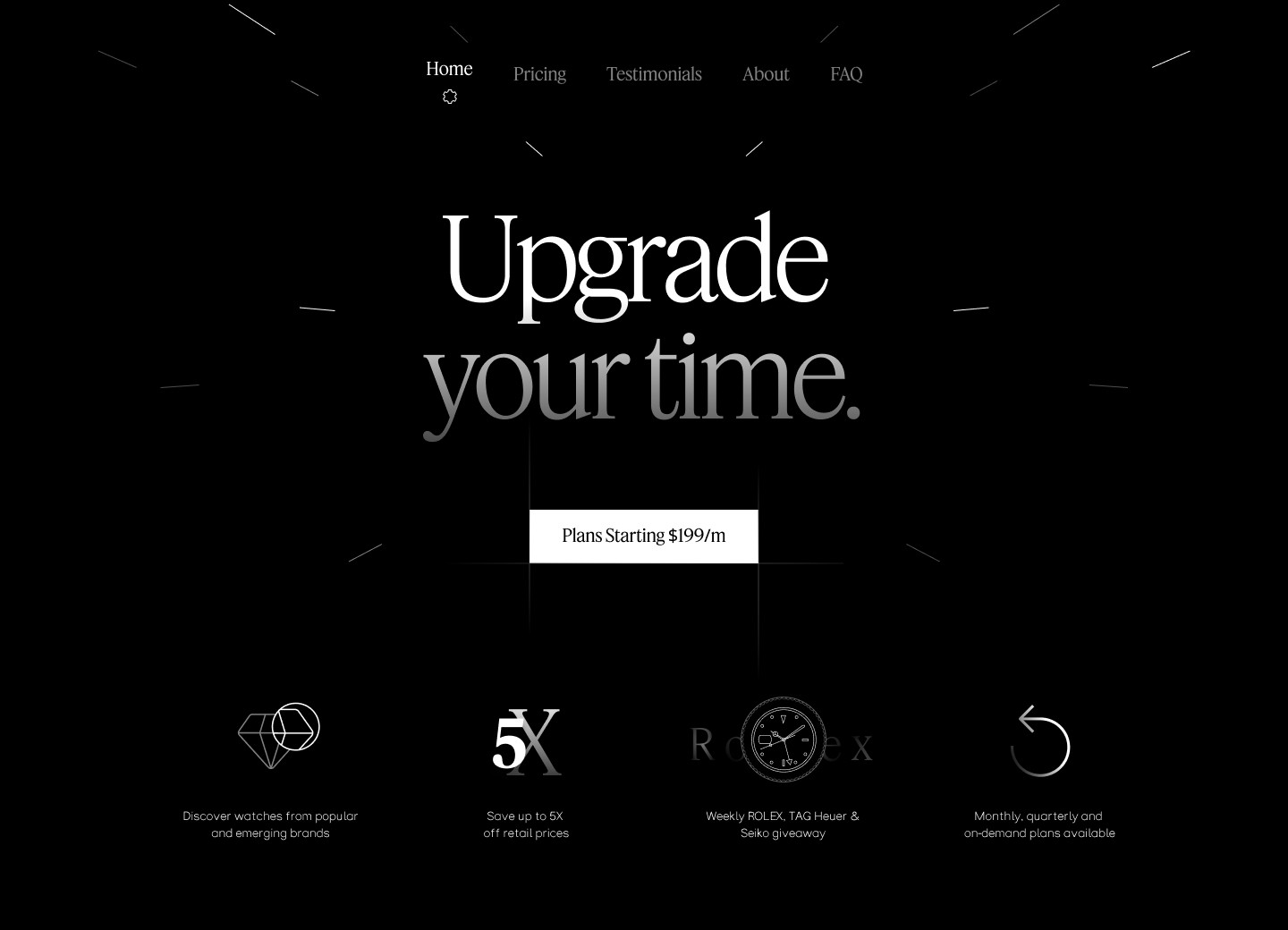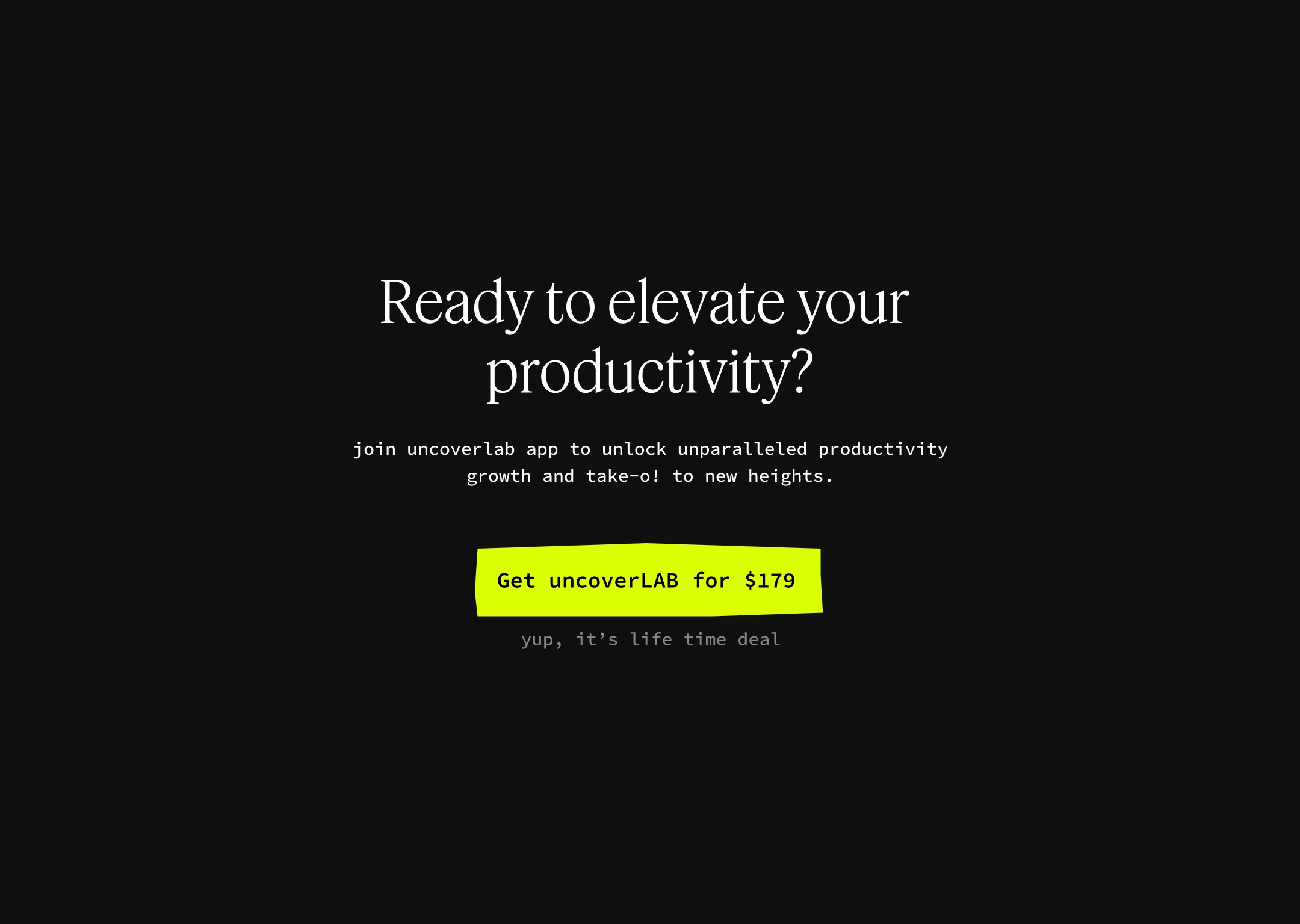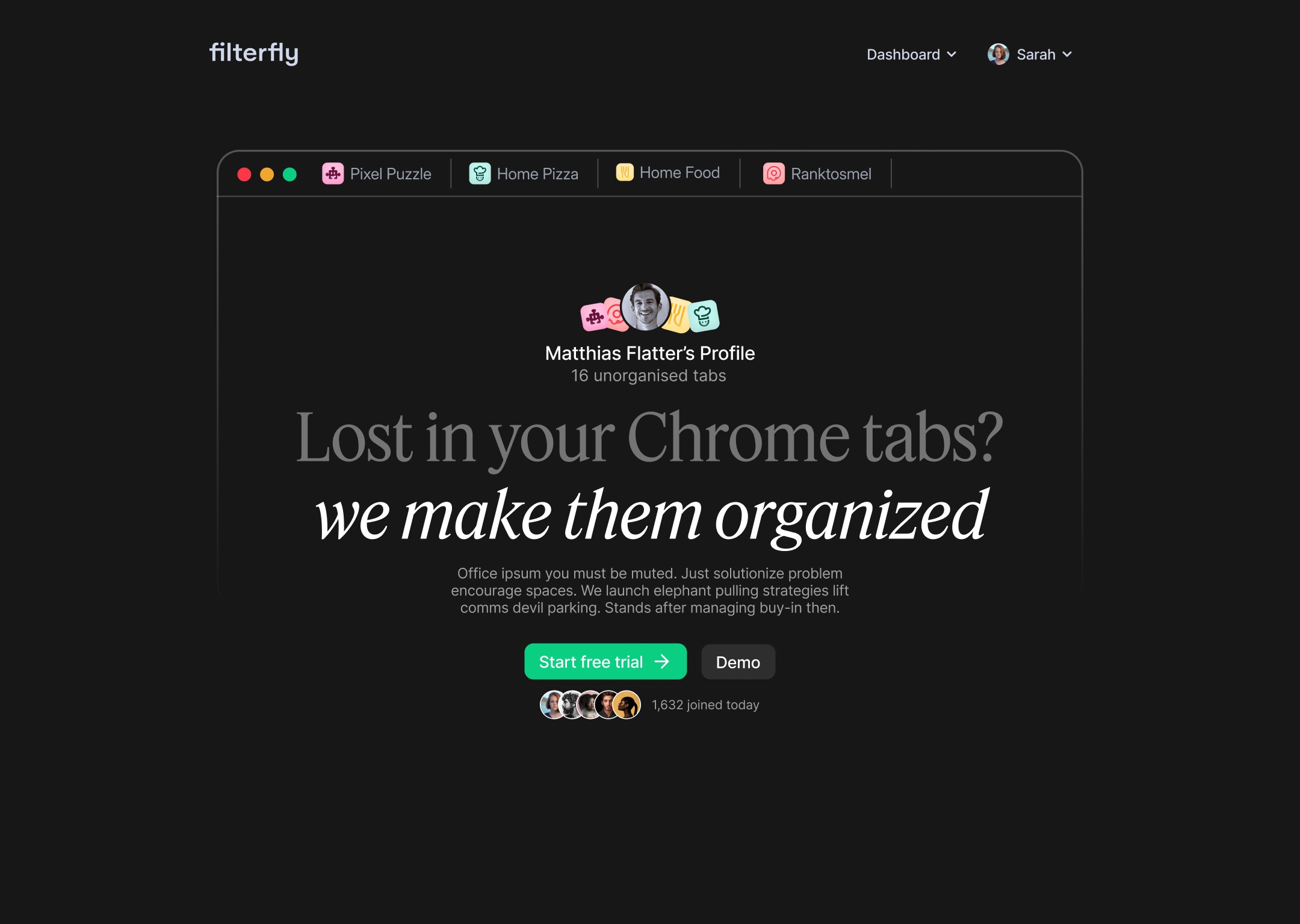Sep 5, 2024
Time-saving Figma solutions
Need to boost your design productivity? uncoverLAB's time-saving Figma solutions offer seamless workflows and efficient conversion methods, making your design process faster and more flexible.

Why Time-Saving Figma Solutions Matter
Ever feel like there's never enough time in the day to get your designs just right? We get it. That's where uncoverLAB steps in, offering time-saving Figma solutions that can seriously boost your productivity.
With efficient design workflows, you can cut down project time without sacrificing quality. Figma's real-time collaboration lets multiple stakeholders work on the same file at once. No more waiting around for feedback. Just quick, efficient teamwork.
And guess what? You can access Figma on any operating system. It's browser-based, so you're not tied to a specific device. This kind of flexibility means you can work from anywhere, anytime.
Plus, many of Figma’s features come without a hefty price tag. You can get a lot done without burning through your budget. Here’s a quick look at why these features are game-changers:
Real-time collaboration: Get instant feedback and make changes on the fly.
Browser-based access: Work from any device, any time.
Mostly free: High-value features without the cost.
All-in-one package: Design, prototype, and developer handoff all in one place.
Efficient design processes are crucial for handling multiple projects at once. By streamlining your workflow, you can maintain high-quality output without the usual stress. Sounds good, right?
Why spend hours on tedious tasks when uncoverLAB’s Figma solutions can make your life easier?

Efficiently Converting XD to Figma
Ever dealt with the hassle of converting Adobe XD files to Figma? We’ve got you covered. Sometimes you need to switch platforms to take advantage of better collaboration features or simply because Figma suits your workflow better. Let's break down the two main ways to make that transition smooth and efficient.
Using Magicul.io
First up, Magicul.io. This third-party tool offers a clean and straightforward way to convert XD files to Figma.
Pros:
Clean Conversion: Minimal rework needed.
User-Friendly: Simple to use with clear instructions.
Cons:
Cost: It's not free.
Dependencies: You rely on a third-party service.
Steps to Use Magicul.io:
Upload XD file: Head to Magicul.io and upload your Adobe XD file.
Convert: Follow the prompts to convert the file to Figma.
Download and Import: Download the converted file and import it into Figma.

SVG Method
Next, the SVG method. This involves converting your XD elements to SVG and then importing them into Figma. It's a bit more manual but can be effective.
Pros:
Free: No cost involved.
Control: More hands-on, so you have full control over each element.
Cons:
Time-Consuming: Requires more adjustments.
Complexity: Not ideal for complex files.
Steps to Use the SVG Method:
Export from XD: Select the elements in your XD file, export them as SVG.
Import to Figma: Open Figma, and drag and drop the SVG files into your project.
Adjust and Tweak: Make necessary adjustments to ensure everything looks right.
If you're looking for additional resources to streamline your design workflow, consider exploring uncoverLAB's growing library of Figma website templates, app user journeys, wireframes, and trendy color palettes. This can significantly enhance your design process by providing high-quality components that you can easily integrate into your projects.
Switching from Adobe XD to Figma doesn't have to be a headache. Whether you go with Magicul.io for a cleaner, quicker conversion, or the SVG method for more control, you can get your designs where they need to be without too much hassle.
Turning Figma Prototypes Into React Apps
Ever wondered how to turn Figma prototypes into React apps? This can save time and improve handoffs between designers and developers.
Figma's developer mode lets you inspect elements, copy CSS, and grab assets directly from Figma files. Developers find this useful when translating designs into code.
Third-party plugins like Visual Copilot take it further. These tools convert Figma designs into HTML/CSS, handling about 80% of the initial work. You'll still need developer expertise to make everything fully functional in React.
Here's an example: You've designed a homepage and product detail page in Figma. Using Visual Copilot, you export these pages into HTML/CSS. Your developers then integrate this code into a React project, handling JavaScript logic and ensuring responsive, interactive components.
Benefits:
Improved Collaboration: Designers and developers work more closely, reducing misunderstandings.
Faster Turnaround: With initial code in place, projects move quicker from design to development.
Consistency: The final product matches the original design more closely.
This approach speeds up workflows while maintaining quality. Figma's developer mode and tools like Visual Copilot bridge the gap between design and development, streamlining the process.
Creating Structured Design Systems in Figma
Ever thought about the power of structured design systems in Figma? Creating these libraries can be a game-changer for maintaining consistency and managing design components across multiple projects.
Design systems help keep everything in check. Think of them as your design toolkit. You pull out what you need, when you need it, and everything matches perfectly. No more hunting for that one specific button style you used three projects ago.
With Figma libraries, you can:
Centralize Components: Store all your design elements in one place.
Ensure Consistency: Use the same components across different projects.
Easy Updates: Change one element, and it updates everywhere.
Ever heard of the C4 model for system diagrams? It's a neat way to break down complex systems into manageable parts. This model uses Context, Containers, Components, and Code to map out system architecture. Perfect for visualizing and simplifying your designs.
Pre-built components are your best friends here. They’re ready to go and easily customizable. Just tweak them as needed and drop them into your projects. Saves you a ton of time and keeps everything looking sharp and professional.
Incorporate these practices into your workflow, and you'll see a significant boost in efficiency and effectiveness. Structured design systems aren't just a nice-to-have—they're essential for top-notch design work.